For all the hoopla around Distant Lands in Civilization 7, the definition can be a bit murkier than one might anticipate. While the image of a vast overseas traversal bringing cross-continental cultures together can certainly apply, it’s hardly the only definition. Even when it is, the pertinent gameplay mechanics can be befuddling.
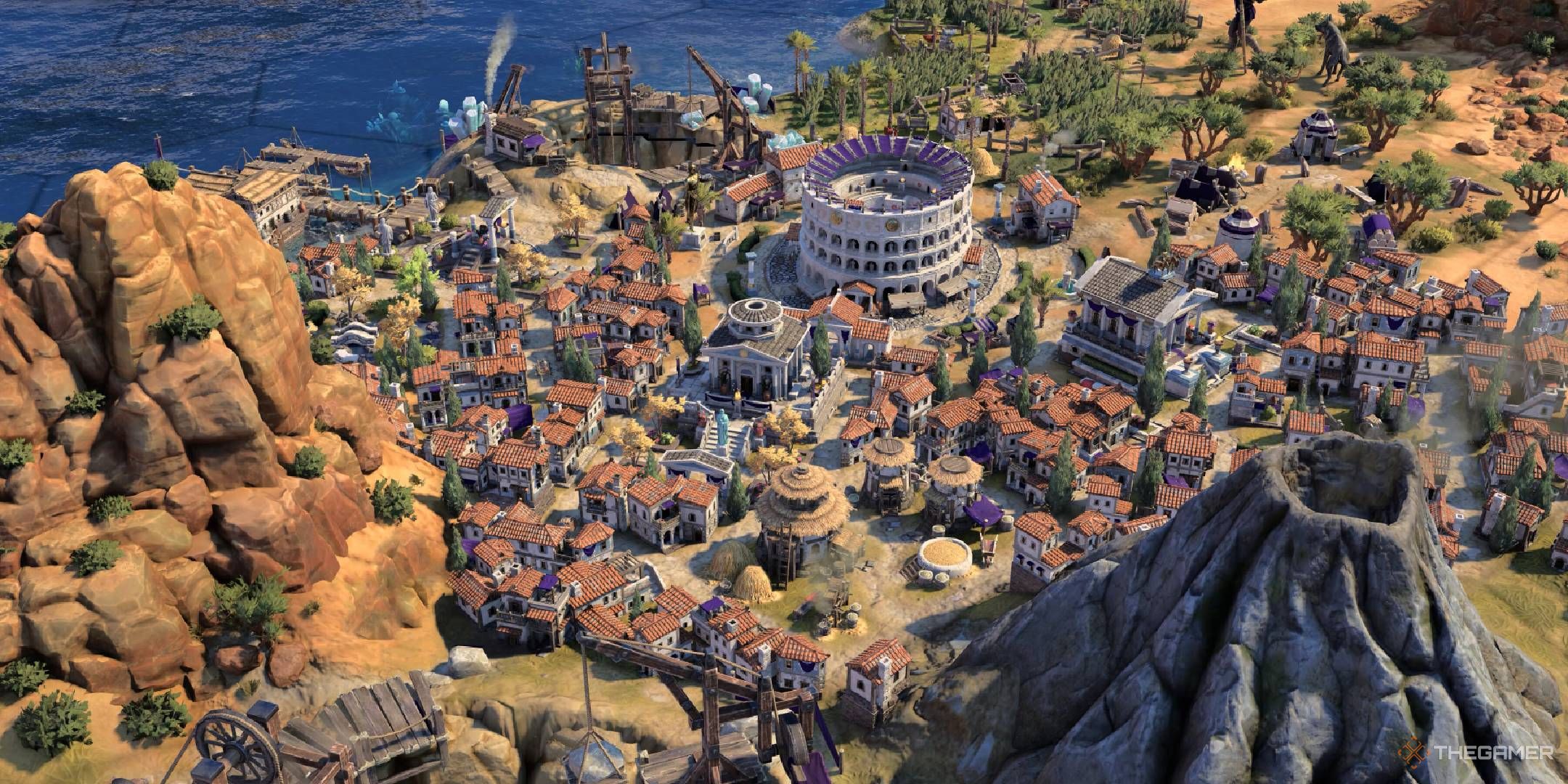
Related
Civilization 7: How Adjacency Works
Adjacency makes a big return in Civilization 7. It’s more important than ever to plan out your cities as you expand.
Hence, we’ve written this guide, which will demonstrate our own mostly-solidified understanding of Civ 7’s Distant Lands concept. We’ll tell you what counts, and you tell us if something odd transpires which showcases an exception to the rule. Either way, we reckon this will surely help you sort out what it all means!
How Are Distant Lands Classified?
During your early hours, across the Antiquity Age, you’re quite likely to bump into landmasses which Civ 7 classifies as other continents. That’s all well and dandy, but these don’t count as Distant Lands. They’re still part of a term which the game uses less frequently – Homelands.
Now, it might be reasonable to presume that you’ll never encounter Distant Lands until the Exploration Age. But that’s not always true at all! Across our couple of dozen playthroughs, we’ve bumped into places designated as Distant Lands prior to the Exploration Age roughly a quarter of the time.
What typically separates these from you prior to Cartography enabling you to cross ocean tiles (hence the whole “Age of Exploration” concept) is, well, the ocean tiles themselves. If you take the time to search for islands surrounding your Homelands, however, you might just discover Distant Lands in the outermost bands of the chains.
Regardless, the bulk of these will not be uncovered until the Exploration Age. But there’s good reason to look for them beforehand…
What Distant Lands Actually Offer
The main thing you’ll get via Distant Lands is a collection of resources specifically designed with the Distant Lands system in mind. There are five of them, including chocolate, tea, and spices. All of them will only ever spawn on these far-flung tiles.
The way Civilization 7 operates, equally technologically advanced civilizations will have grown up around these resources, making the hunt for them more challenging.
We want these resources because, so long as they are connected to a settlement of ours with a coastal trade route, they’ll spawn Treasure Fleets. Treasure Fleets contribute Treasure Fleet Points (naturally) which are necessary for the Exploration Age Economicictory Path.
As you can imagine, conflicts will erupt over these precious few resource tiles – with the empires on those Distant Lands, or with your Homelands rivals who want that land for themselves, or indeed, with some combination of both.
You should be snagging as much of that as possible. But this also ties in with why we suggest that you find any that might be lingering within the coastal perimeters of your Homelands. Try to settle next to these resources during the Antiquity Age if you find one.
You need five Treasure Fleet resources in order to even qualify for the Economic Legacy Path route, so… yeah. Head start and all.
Religion Also Gets A Big Boost From Distant Lands
One bit that’s talked-about a tad less is the interplay between religion and Distant Lands. Fittingly, spreading your religion throughout those Distant Lands is a major contributor to further cultural success during the Exploration Age.
When choosing your beliefs at the time of founding, you can select relic-gaining mechanics that are influenced by Distant Lands settlement conversions. Even better in our experience is the one that gets you two relics every time you convert a civ’s capital.
Those Distant Lands capitals count, of course. If you play with the present maximum of eight civs, you can get all ten relics needed for the Cultural Legacy Path from converting five capitals, though that means bringing your Missionaries to them as rapidly as possible, given there’s a always a fair chance that their capitals will be their own holy cities, and alas, holy cities cannot be converted.
Even if you can’t pull that off, you’ll still have a solid chance of converting a handful of capitals, at which point you might well have enough relics, when supplemented by other sources of them, to get the Cultural Legacy.
And Then There’s Conquest
In the Antiquity Age, you’re limited to having 12 Pax Imperatoria Points to achieve the Military Legacy Path. These points are awarded at a rate of one per your own settlements and two per conquered settlements.
In the Exploration Age, your options are manifold. You need 12 Nonsufficit Orbis Points instead. Things are more constricted in earlier milestones for it, but by the latter milestones, you get these from settling, conquering, and converting – and all of these points must be earned in Distant Lands.
The only Exploration Age Legacy Path that isn’t quite so keenly knit into the fabric of Distant Lands is the Scientific one. And even then, you’re getting all the more Science output while settling further abroad, and given how Civ 7’s AI tends to function, you might not have much choice land left whatsoever in your Homelands by this point.
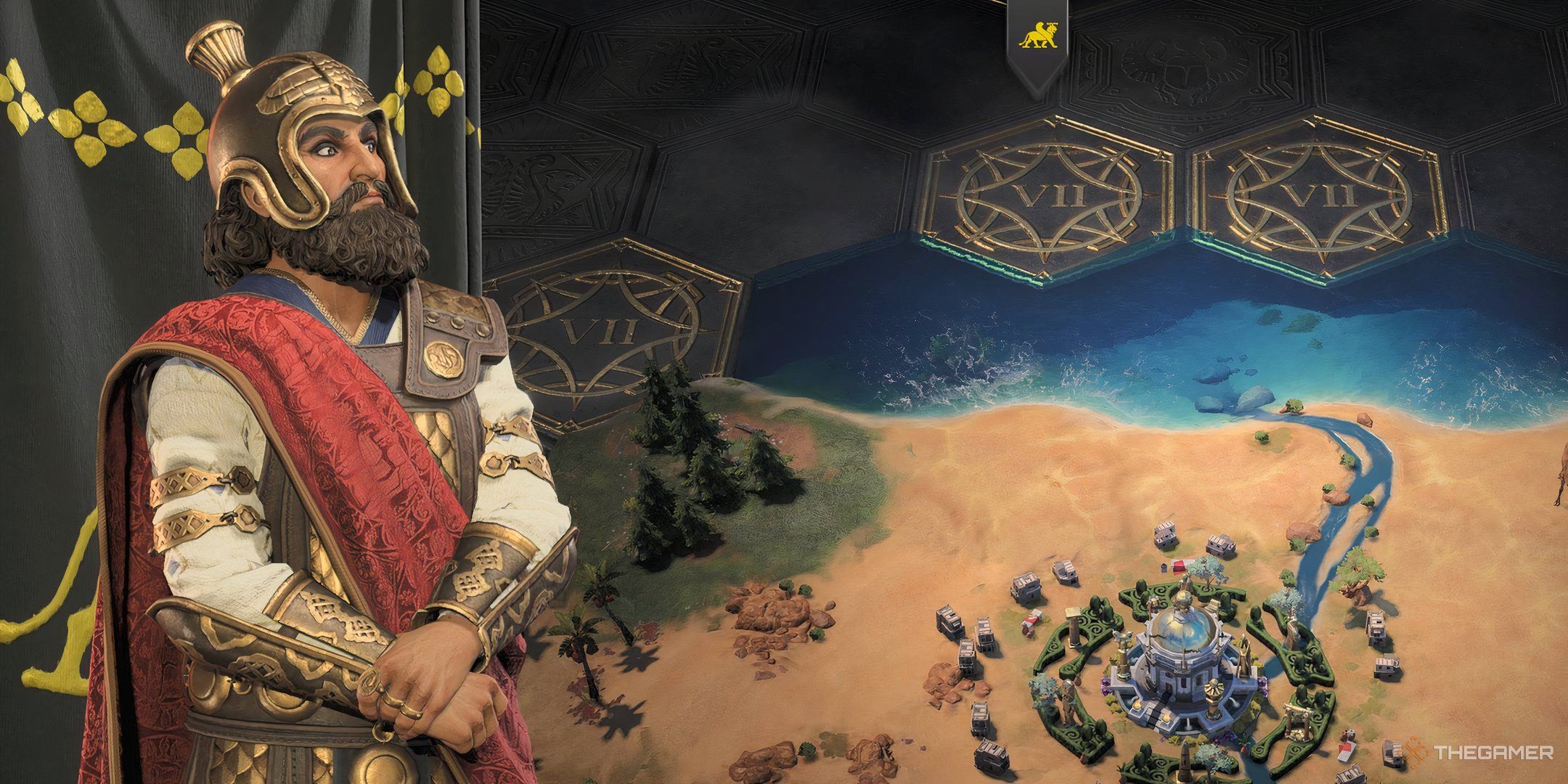
Next
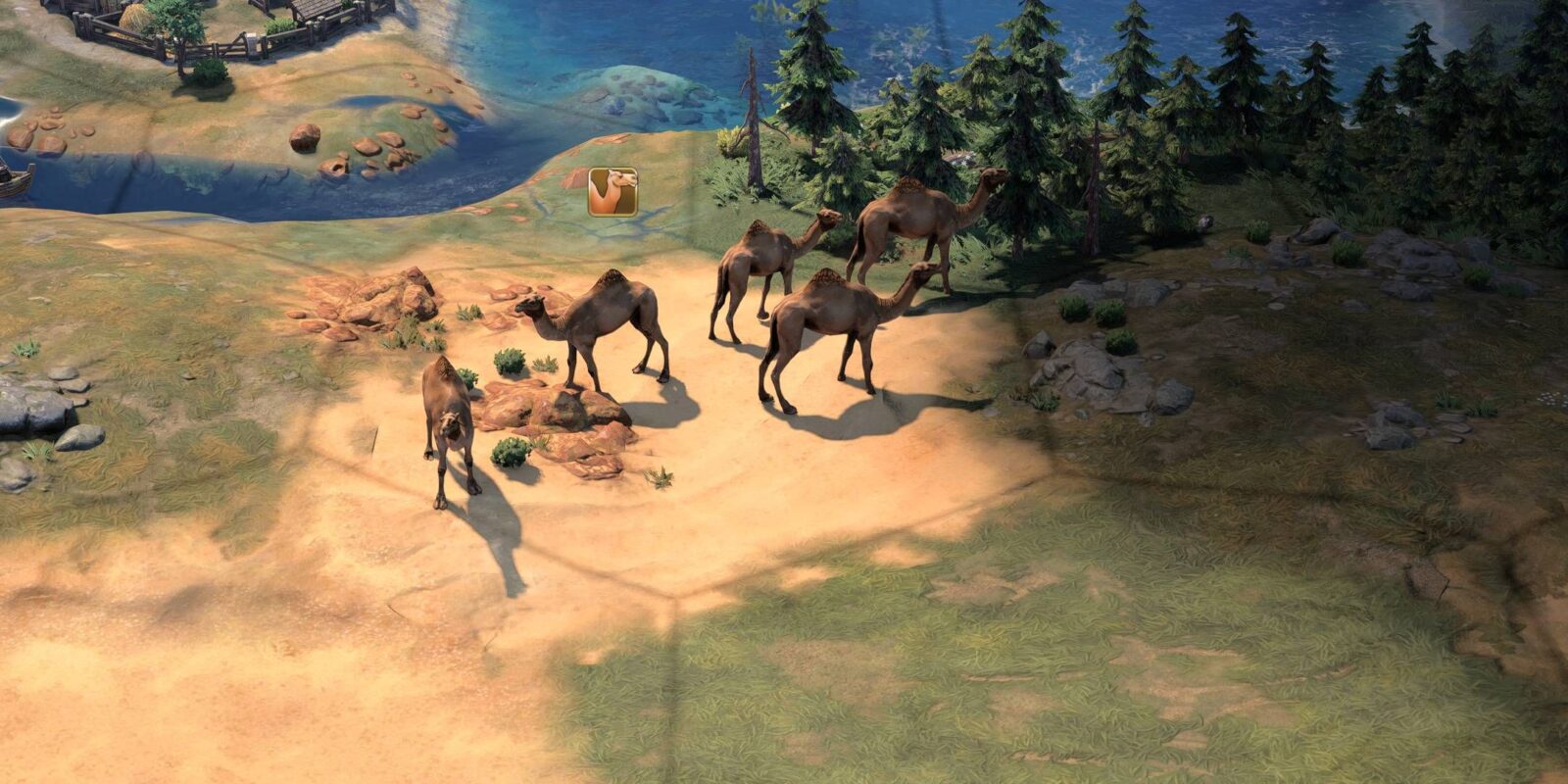

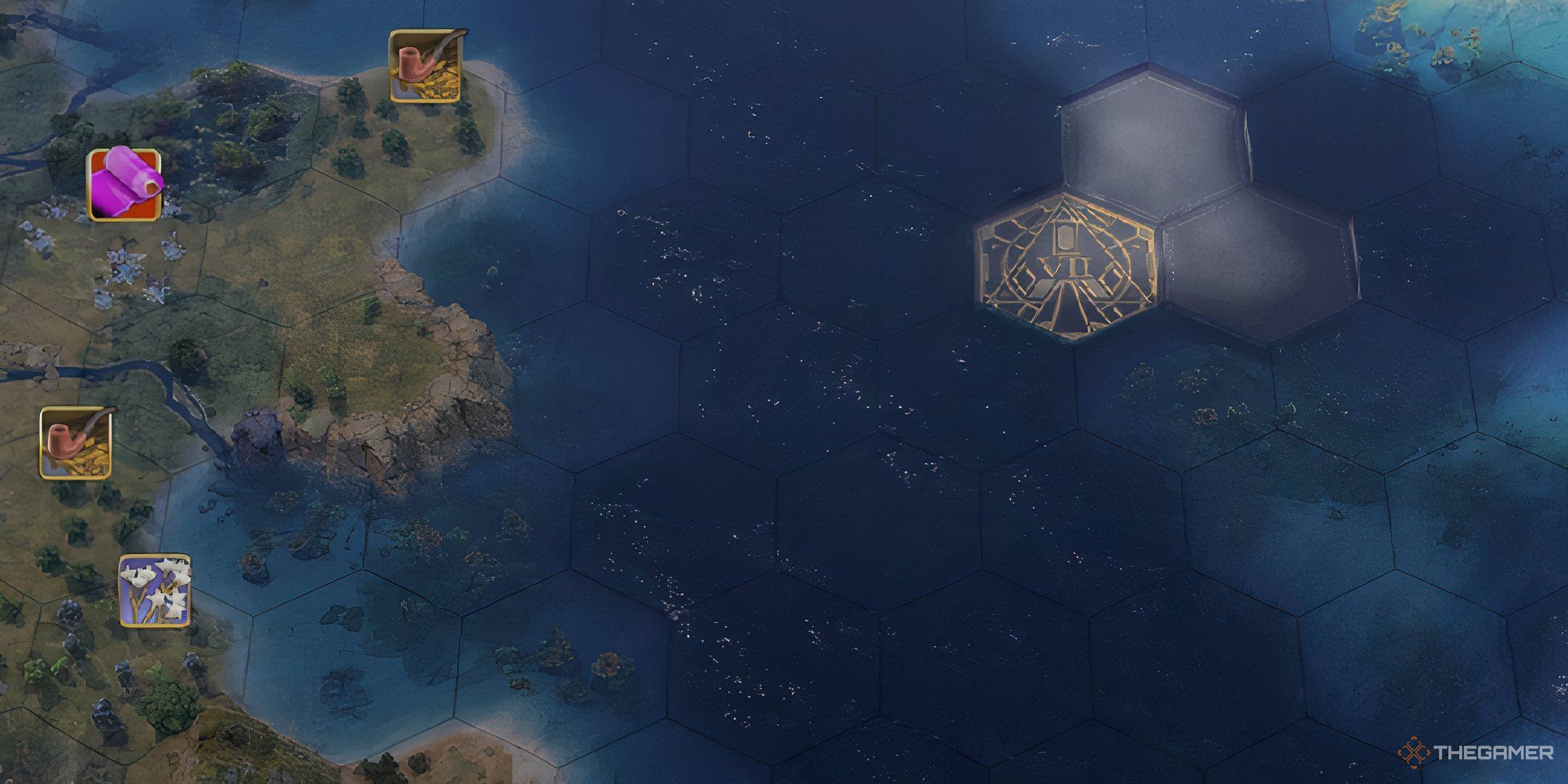
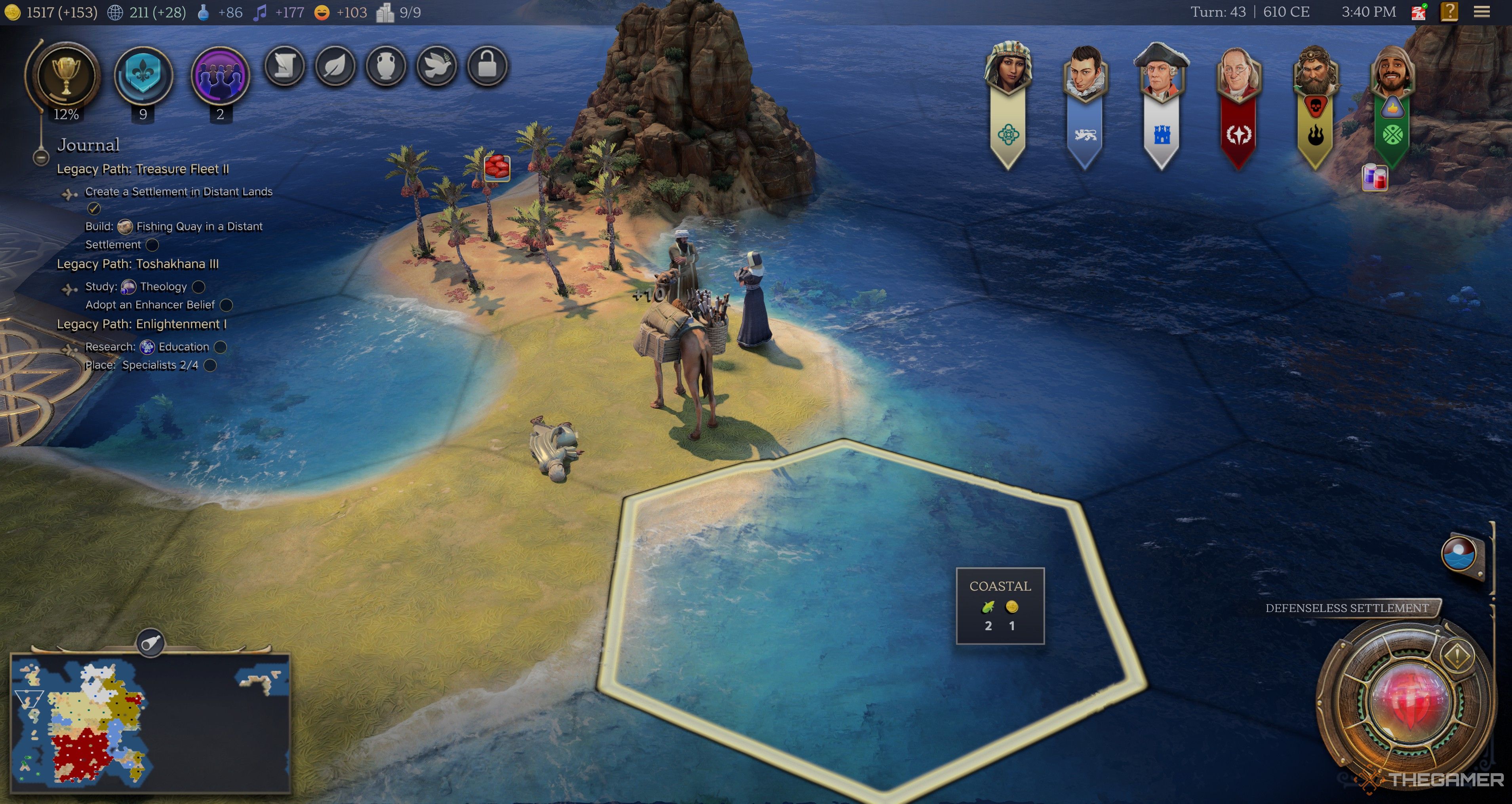
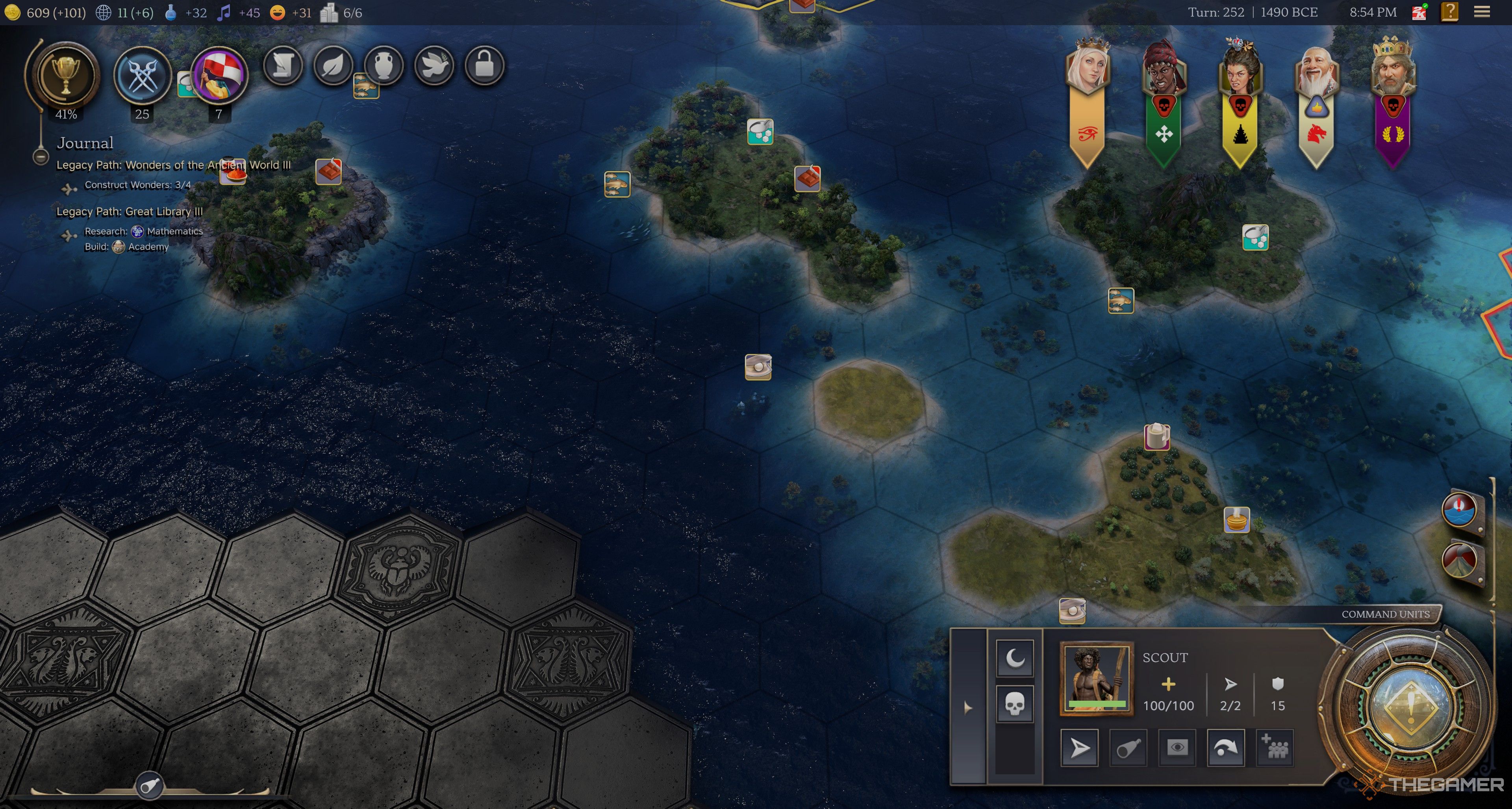
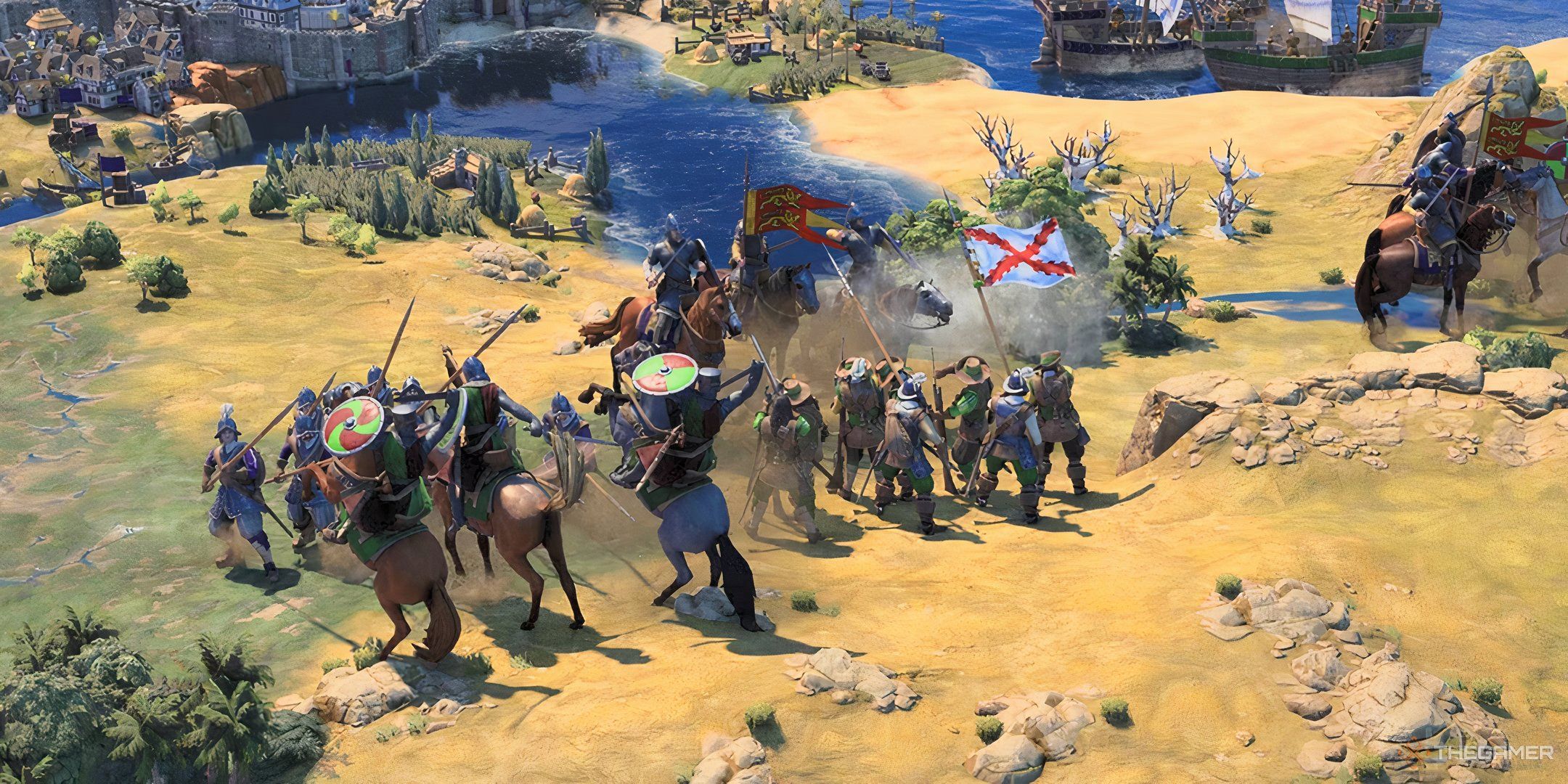






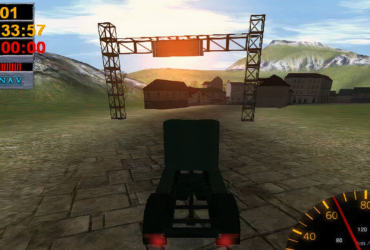


Leave a Reply